MiGs, Stars & Magic Books: A Brief History of Trespassing in Moscow
An illustrated guide to urban exploration in the Russian capital.

12 November 2017
Vines wrapped over the street as it dropped off down the hillside, between two tall rows of rustic wood framed houses. The tendrils twisted into a canopy that hung overhead, to form a green tunnel offering welcome relief from the August sun. Down the alleyway we went, through the backstreets of Tbilisi, until the road reached the bottom of the hill and it ran broadside into a looming concrete colossus, the back end of a massive Brutalist amphitheatre: the Soviet-era Laguna Vere complex.
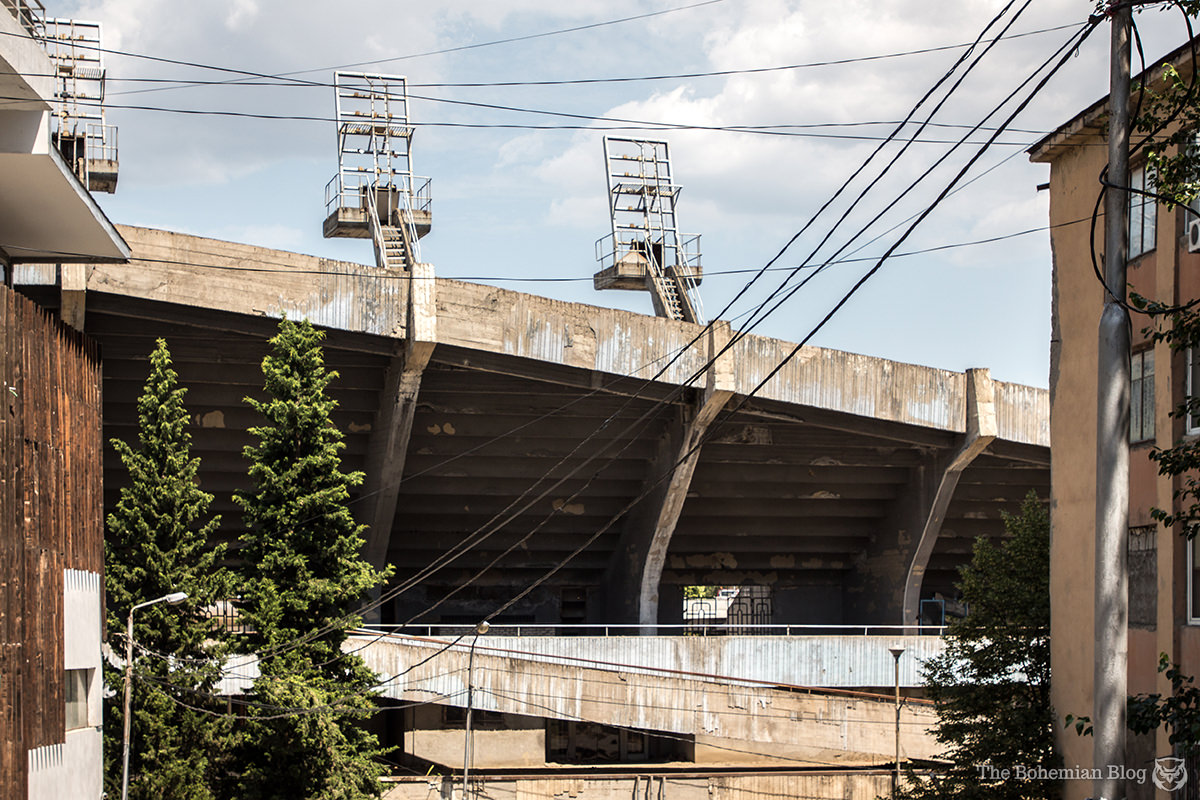
Featuring an outdoor swimming pool with seating for 5,500 spectators, a gym and sauna, athletics halls, offices, a café and a gallery for press conferences, the complex is a mammoth of a building. Since 2014 the place has been closed, however. The complex became unprofitable to run and a flood the following year would almost bury it, dragging in mud, silt and other detritus from the streets.

From the main road entrance, visitors are still met by the original mosaic facade – a psychedelic banner in stones speckled red, blue and green – but the rear approach is all business. Coming down the hill from behind the complex, we ran into barred metal gates and cantilevers rising above a sheer and jagged outer wall. In that dead-end alleyway, black bin bags had burst to mix their contents with a loam of broken bottles, tissues and hypodermic needles.

Getting inside was a little messier than anticipated… but soon enough we made it, to find ourselves standing in a cool, dark corridor, up to our ankles in wet litter.
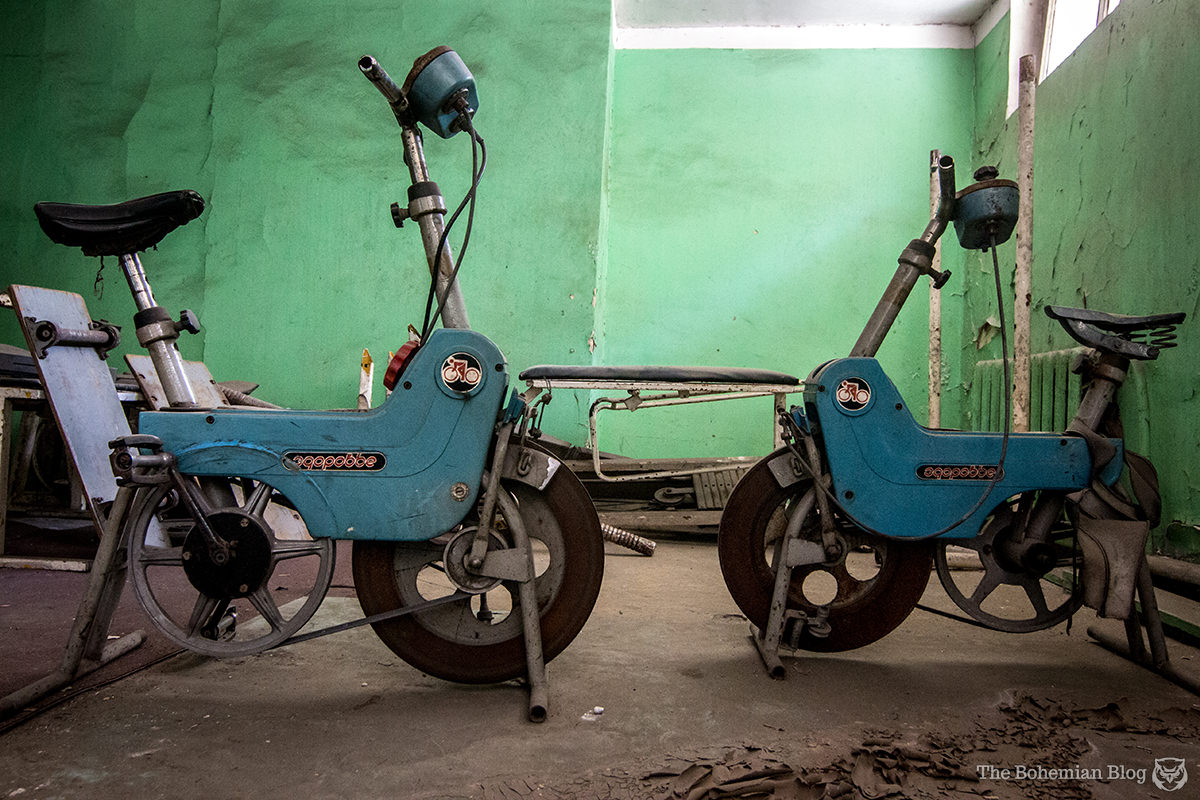
Built on the site of a former ‘physical culture park,’ the design for the Laguna Vere complex was approved in 1965. Commencing in 1967 it would be brought to life by the Georgian architects Shota Kavlashvili, Guram Abuladze and Ramaz Kiknadze, with additional artwork and mosaics produced by Koka Ignatov.
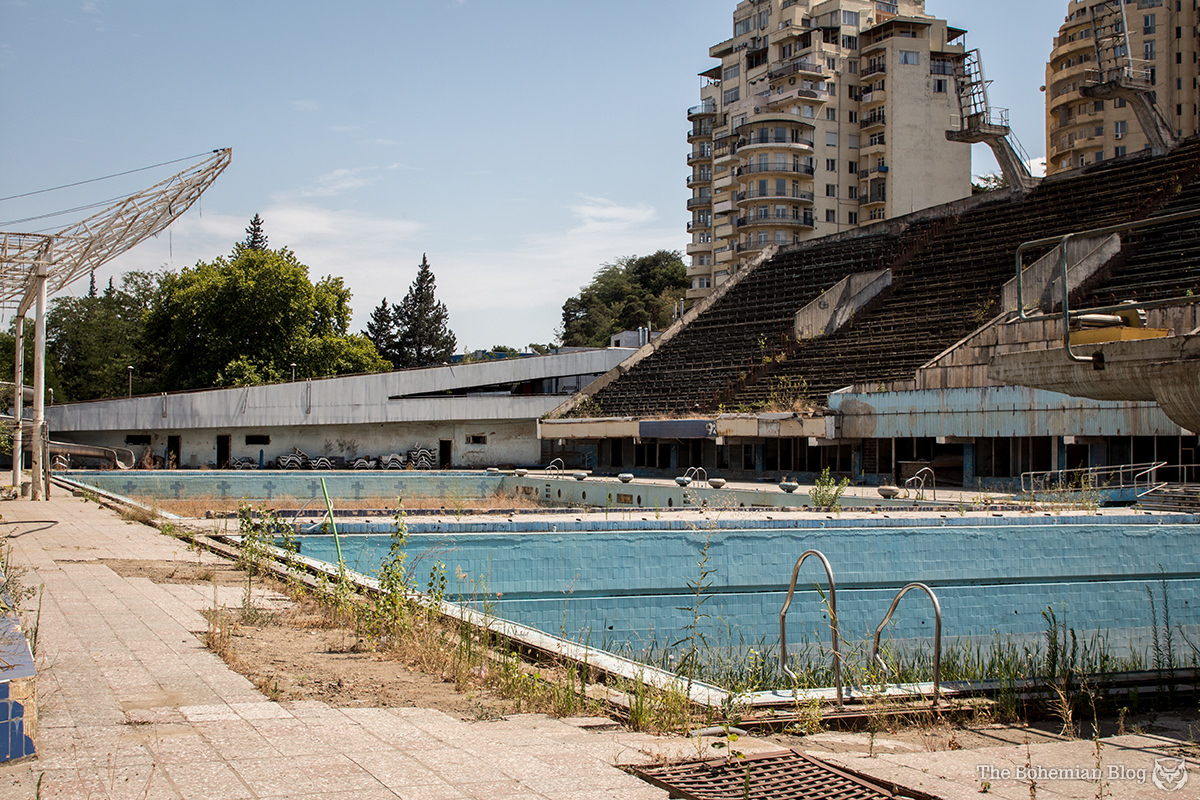
Construction was staggered however, and for a while the project was put on hold. Only after an eight-year hiatus was it resumed, with the last phase beginning in 1976 and a grand opening ceremony, two years later, held on 13th October 1978.
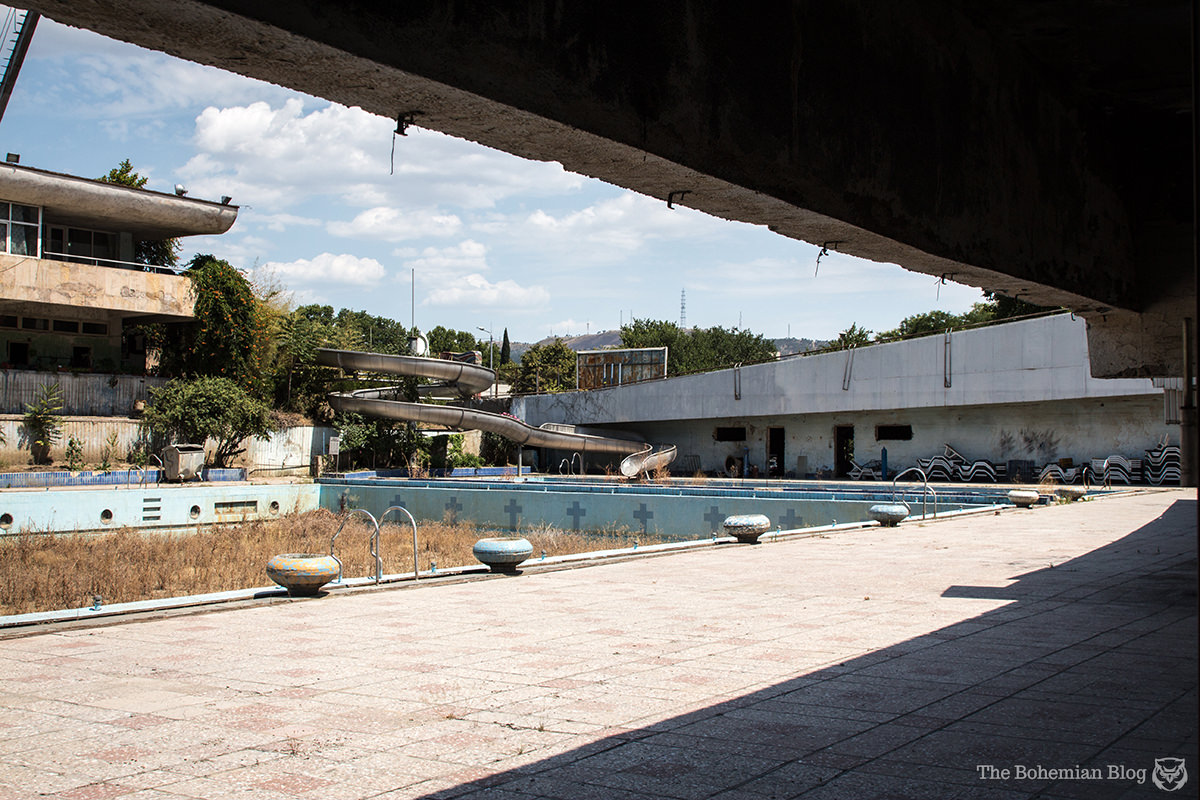
Laguna Vere was the first world-class aquatic sports complex in the Caucasus. It was used by the Leninist Komsomol (the Young Communist League), and during its Soviet heyday it won awards for its design: including the Prize of the Council of Ministers of the USSR, given to Laguna Vere in 1982. The complex hosted events on both regional and international levels, and it was the only open-air pool in Tbilisi open to all citizens regardless of their social status.
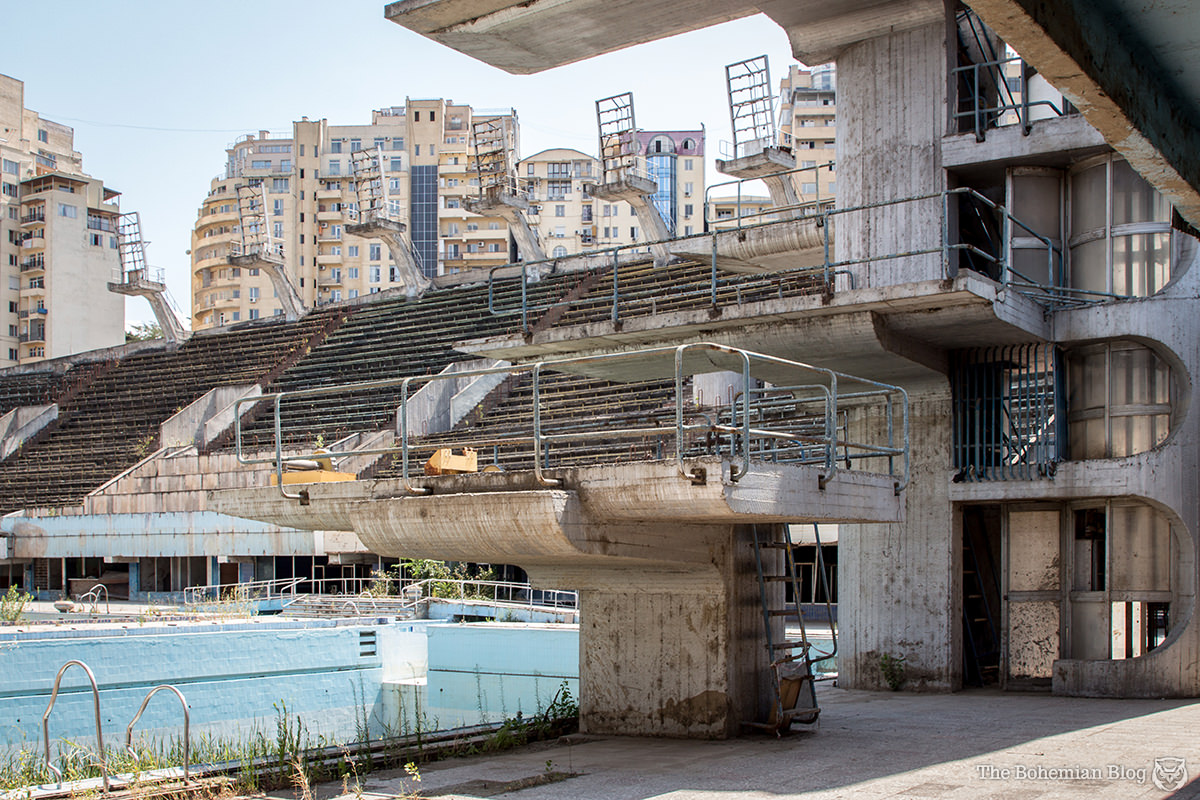
The outdoor, poolside area is visible from the embankment; where the main road curves away from the river, past the Heydar Aliev Memorial towards Heroes Square. The main entrance to Laguna Vere – beneath the mosaic panel – is locked, but between those outer buildings a view is afforded through stretches of chainlink fence. That was my first view inside: the swimming pool full of grass, and a silver slide beside it basking snakelike in the sun.
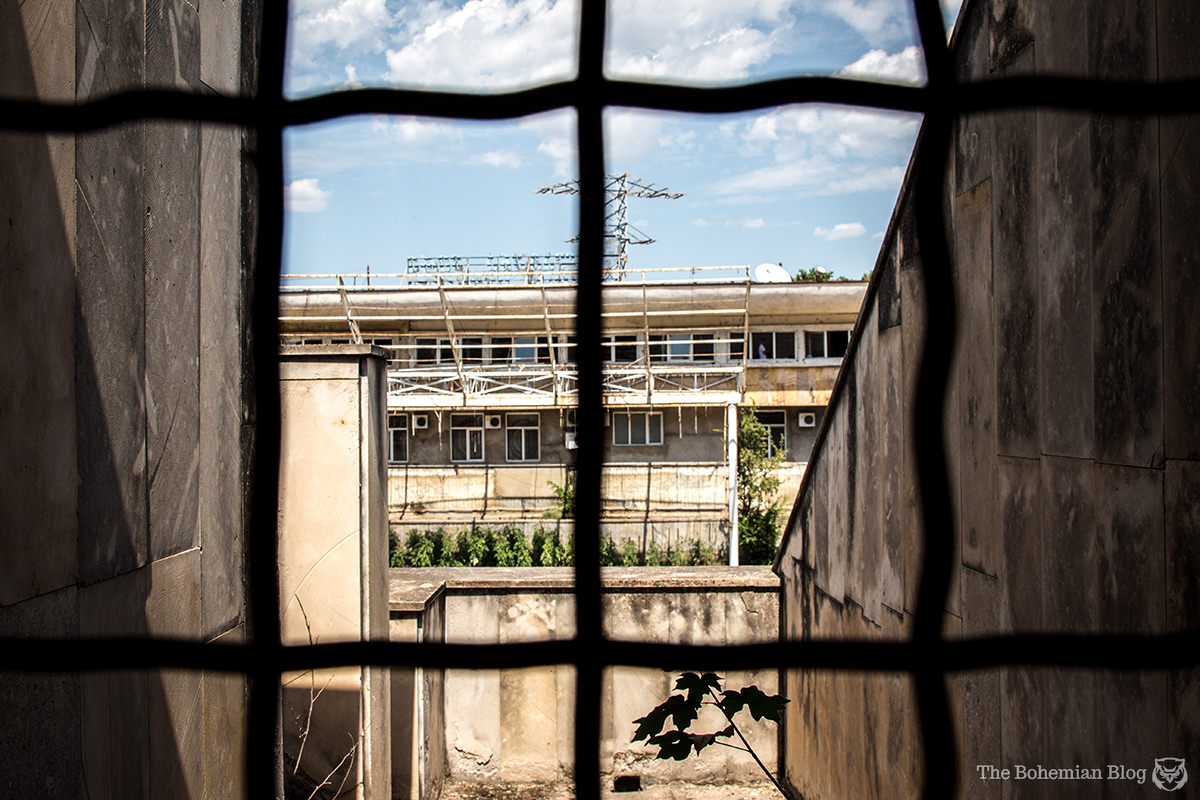
 Three pools were arranged side-by-side down that central space, between the entrance building, the foyer and ticket office, and on the far side, the rising wing of tiered amphitheatre seating. The largest pool was Olympic size, at 50 x 25m; the smallest measured 25 x 10m. A third pool (25 x 20m) was for diving, and it featured a delightfully Brutalist tower (raw, wood-textured concrete and thick yellow glass) fitted with diving boards at 5m, 7m and 10m.
Three pools were arranged side-by-side down that central space, between the entrance building, the foyer and ticket office, and on the far side, the rising wing of tiered amphitheatre seating. The largest pool was Olympic size, at 50 x 25m; the smallest measured 25 x 10m. A third pool (25 x 20m) was for diving, and it featured a delightfully Brutalist tower (raw, wood-textured concrete and thick yellow glass) fitted with diving boards at 5m, 7m and 10m.
The single-storey structures to the east and west of the pools, along with the larger foyer building in the north (which featured commentator boxes in its upper levels), appeared to have been repurposed. To the west, a mechanic shop backed down into a courtyard behind the diving tower; car parts and tyres were being stored inside the outer structures of Laguna Vere. Beside the northern entrance a flower nursery had set up shop inside the foyer building, providing an unlikely burst of fresh green life behind the concrete-framed windows.

Most of Laguna Vere’s indoor sports facilities had been located inside a three-floor building beneath the amphitheatre, however, on the south side of the pools. It looked to be largely abandoned… and it was to that section that we made our way once we crossed the threshold of the territory.

The ground floor corridor was paved in stone, its ceiling tiles ripped out to leave sagging insulation overhead. The rooms along the south side of the corridor faced the alley behind the amphitheatre; a rear exit was blocked with a patterned metal grate. Beside it, a wall of wooden lockers sat empty, their doors hanging doggedly on rusted hinges.

On the north side of the corridor lay a series of rooms once used for press conferences and trophy exhibitions. Some of these opened wide onto the poolside – I stepped out, in the shadow of the cantilevered overhang. The buildings at the east end echoed with the clang of tyre irons. Across the pool, a woman was arranging potted plants on a balcony overlooking the empty sports complex. I don’t suppose Laguna Vere’s neighbours would have cared much, that two foreigners were taking photos in the main building… but I ducked back into the shadows, just in case.

Moving from one part of the building to the next, it seemed that different areas had been colour-coded according to their function. The press and trophy rooms were orange, the staircases a cornfield yellow – fading now, streaked with grime and the paintwork flaking off in scales.

The second floor of the Laguna Vere complex had hosted the office of the Aquatic Sports Federation. Some doors along the corridor were locked. Other rooms were open, stripped bare – there had been medical and rehabilitation rooms on this floor, though all that remained now were a few empty lockers, and wooden benches arranged inside what might once have been a sauna.

Near the stairwell one solitary office had been left unlocked. Pushing open the tinted glass door, the air inside was warm and musty; the smell of old books sharpened with just the faintest hint of cat piss. A wooden cupboard built into the wall was stacked top to bottom with books, its shelves buckling under the weight of ledgers and photo albums.
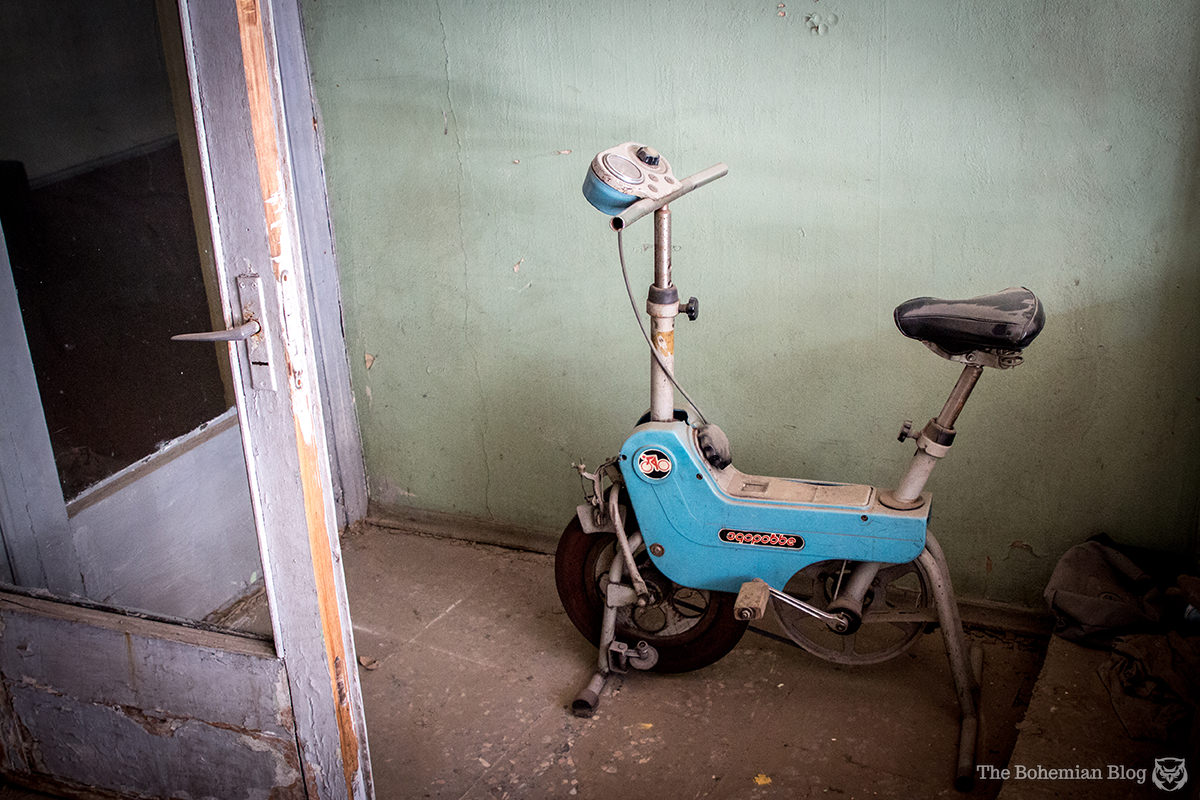
Beside the window a desk lay cluttered with paper folders, and one of the albums was spread open on top of the stack. From the drawn blinds, just a few thin slivers of light sliced sideways across the room to fall on the images. Monochromatic athletes smiled out of the dust.
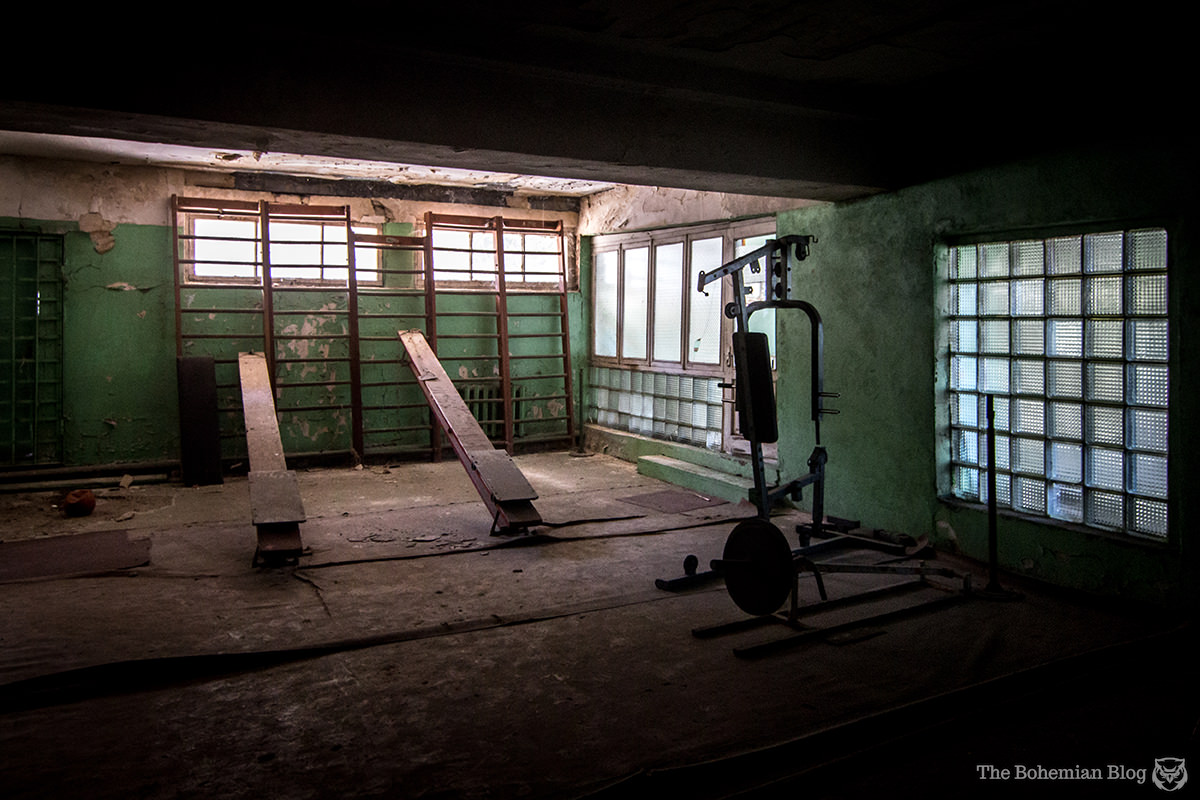
The third floor was decorated in cool mint green. Tucked in immediately beneath the concrete superstructure of the amphitheatre, here had been the gymnasium… and much of it was still intact.

One green hall after another was filled with gym equipment. There were rows of weightlifting benches, mats, dumbbells, treadmills and vintage exercise bikes. Most of it looked only one good clean away from being usable, though the technology seemed about half a century out of place. It was disorientating – yet despite that sense of having wandered into some kind of frozen Soviet-era time capsule, the truth is that Laguna Vere was operating as a functional relic for a long time prior to its closure in 2014.

Laguna Vere went into private ownership in 2000 – but those new owners struggled to make it work and in 2014 it was closed on grounds of being outdated, defective and unprofitable. It is not an isolated case: from the otherworldly Archaeology Museum to the gaudy Technical College Auditorium, Tbilisi boasts a wealth of lavish Soviet Modernist architecture now slipping into disuse and decline. Many of these institutions had previously been propped up by the state, and a few have survived the transition (such as the former Ministry of Roads building that now houses the Bank of Georgia). For others though, revenue doesn’t justify repairs and so they’re left to waste away by a process of economic natural selection.

The flood didn’t help. Tbilisi’s worst flood in living memory killed 19 people in June 2015, and caused an estimated $50 million in damages to the city. An already-disused sports centre was not at the top of the restoration list; and Laguna Vere has still not been cleaned since, its corridors laying clogged with silt and river grime.

 The cost of restoring the complex would clearly be massive. It’s not just the years of disuse, the flood damage, but even before that Laguna Vere had been struggling. The last reviews posted on its FourSquare page criticised the water quality and antiquated facilities. Nevertheless, it remained busy until the end (one review, dated July 2012, reads: “You are lucky if you find a chaise longue here! So. many. people.”).
The cost of restoring the complex would clearly be massive. It’s not just the years of disuse, the flood damage, but even before that Laguna Vere had been struggling. The last reviews posted on its FourSquare page criticised the water quality and antiquated facilities. Nevertheless, it remained busy until the end (one review, dated July 2012, reads: “You are lucky if you find a chaise longue here! So. many. people.”).
There are groups in Tbilisi actively campaigning for the complex to be restored: it was proposed for monument status, in a 2015 application submitted to Georgia’s National Agency for Cultural Heritage Preservation. Two years on though Laguna Vere remains in limbo, its future seemingly anchored to the deadweight of the state that built it.





An illustrated guide to urban exploration in the Russian capital.

Poltergeists, ritual murder & a live-in succubus – the 1000-year-old pub with a ghostly reputation

A month-long monument hunt, and what I learned along the way.
hi very nice pics! will visit very soon tbilissi (and visiting the main brutalism buildings) is it easy to enter inside???? should i bargain someone?
This is a very late answer, but at the moment the building is used as some kind of used car storage. The outside area is parked with cars and at the west side entrance there were people working in a mechanics shop. Also one small section of the main building to the south is used as offices. It was however quite easy to sneak in from the east side as there was a scaffolding to help me climb about two meters to the inside pool area, right behind the slide. From there it’s advisable to get into the main building unnoticed, where you can for the most part wander freely around as only a small section was used by people. When a mechanic saw me on my way out, he pointed to a “No visitors. No photo” sign on the west entrance but clearly didn’t mind much, he smiled and we shook hands as I left through the mechanics shop on the west side. Probably depends who you bump into though.
Thank’s for interesting info, may I know is it a open place, can I visit inside part and do some photoshoots?
Wow, fantastic location and absolutely ace photos – brilliantly put together blog.
Very nice pictures. Love them. Coming to Tbilisi I hope to see some stuff like this. You are not doing tours in Tbilisi, right?
No, unfortunately not! Hope you enjoy your visit though, and I’m glad you liked these pictures.
Awesome photos! It’s a miracle that so many of those windows are in one piece and kept so much of the weather out! I guess Georgian teenagers don’t have the same addiction to window breaking westerners do. I have to ask; did you or anyone in your party try the slide?
Thanks! I would have loved to – but we felt that perhaps discretion was the better approach.
Awesome photos. What a fascinating study, seeing these sports complexes in abandoned ruins. Stuff like this intrigues me because its energy is unlike most of the places you visit around the world. The average spot we see is sanitized on some level. This is raw and real, with time playing its part in creating the energy behind the images.
Ryan
That was my feeling exactly, as if coming into contact with raw, unfiltered history. Thanks for the feedback.
I have spent a lot of time staying with older Georgians in Tbilisi. Most of them told me how busy the complex was in Soviet times. I love these posts!
I would love to hear some of those stories…
Although the place itself is interesting, and the photos atmospheric, my eyes kept being drawn to those amazing tower blocks in the background!
Oh yeah, absolutely – and they’ll be the subject of a whole article on their own!
looks like a lot of england looks now under tory rule. decaying and dead.